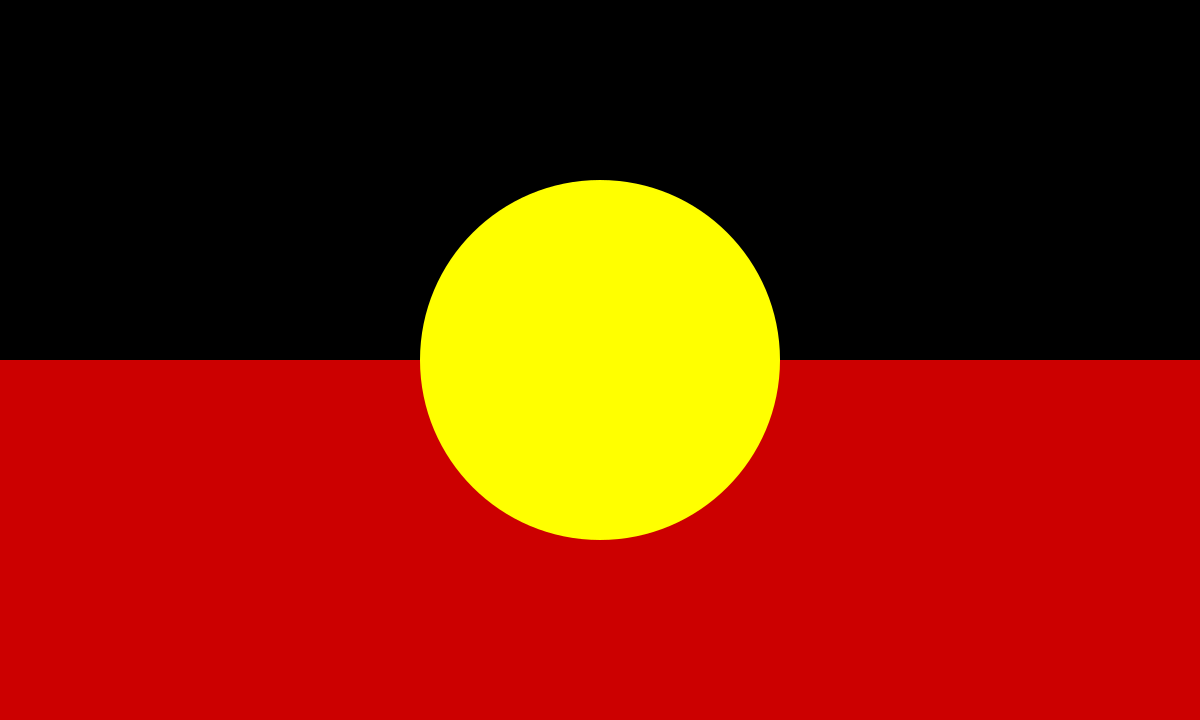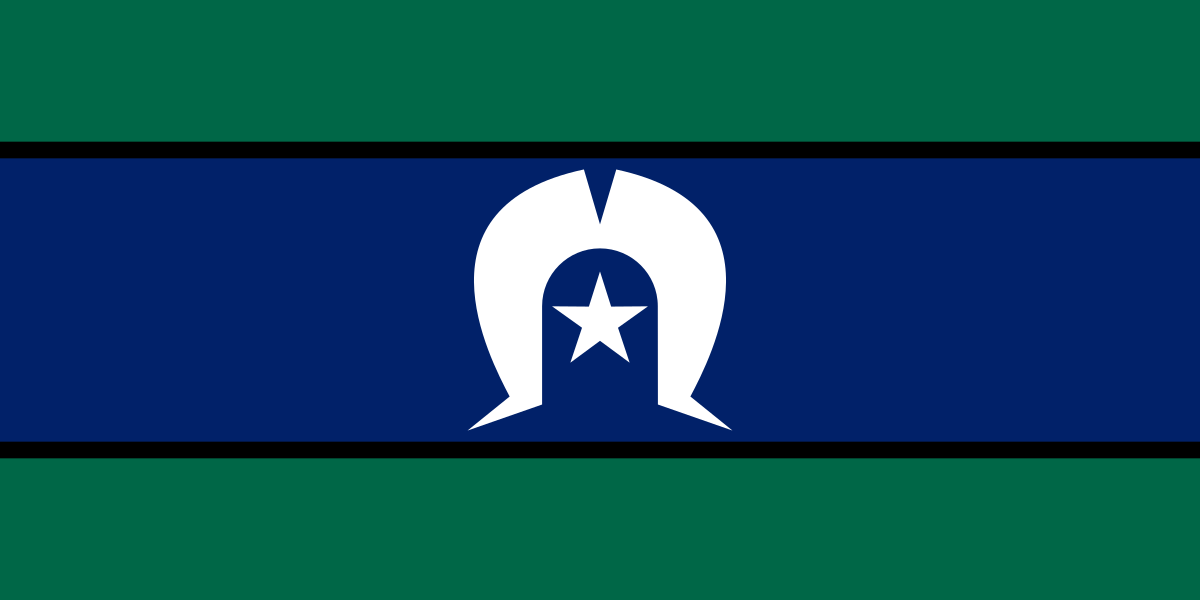Where To Enjoy The Best Of Nature In Australia
Renowned for its natural beauty, strange and wonderful wildlife, striking landscapes, and ancient heritage, Australia offers visitors a unique and unforgettable experience no matter the time of year.

Ski down snow-capped mountains in Mt Hotham, Victoria, hike through the desert in the Northern Territory or explore a lush rainforest in Queensland - all in the same season.
That's right, nature lovers can get their fix of our varied great outdoors through the cooler months as well.
Reconnect with nature or reignite your appetite for adventure - here are 10 nature-based experiences across Australia that should be on your wish list this year.
NATIONAL PARKS
Djukbinj National Park, NT

A view of the Adelaide River - Image credit: Tourism NT/Rob Mulally
An hour south-east from Darwin, Djukbink National Park (pronounced jook-binj) is an ecologically valuable park with abundant water and a must-visit for nature lovers. Upon visiting, you’ll be greeted with a floodplain network of billabongs from Scotts Creek through to Twin Billabong. Birdwatchers will be pleased to know that the park is a major breeding ground for magpie geese, herons, and egrets, so be sure to bring binoculars or a camera when visiting.
The area was a traditional hunting ground for the Limilngan-Wulma people. Today, they co-manage the park with the Parks and Wildlife Commission of the Northern Territory.
What to see and do:
- Unique cultural drive experience from Scott Creek through to Twin Billabong
- Bird watching, especially magpie geese, herons, egrets, and blue-winged kookaburra
Stay at Discovery Parks - Darwin
Cradle Mountain-Lake St Clair National Park, TAS
Synonymous with nature and wilderness, Cradle Mountain-Lake St Clair National Park is magical in winter. Cradle Mountain is one of Tasmania’s most visited natural attractions set in the northern end of the national park. Be captivated and spellbound with its ancient rainforests, deep river gorges, glacial-carved lakes and snow-covered wildlife.
What to see and do:
- Experience any of the parks world-class system of walking trails
- Visit the Tasmanian Devil conservation sanctuary, Devils@Cradle
Stay at Discovery Parks – Cradle Mountain
Lane Cove National Park, NSW

Hiking is a popular activity in Lane Cove National Park
Not far from the hustle and bustle of Sydney city centre is Lane Cove National Park, a lush, green escape for those seeking a reprieve from big city life. Explore the park on foot with nature walks: the park’s bush area is home to many native Australian flora and fauna, like the eastern water dragon (one of Australia’s oldest reptiles).
Read also: 10 things to do at Lane Cove
It’s also a popular spot for bird watching, with over 143 species of birds living in the Lane Cove area. Make a day of it by hopping into a canoe/ kayak down Lane Cove River before settling for a bbq at one of the many spots in the park.
What to see and do
- Bushwalking on any of the nature trails
- Bird watching - refer to Avibase (The World Bird Database) to check off the birds you’ve sighted, or track it using the Aussie Bird Count app!
Stay at Discovery Parks - Lane Cove
Kosciuszko National Park, NSW

The temperature is warm all year round in Yarrangobilly Caves Thermal Pool. Image credit: Destination NSW.
Winter sports enthusiasts need no introduction to Kosciuszko National Park. The park spoils its visitors with choice: hit the slopes at Thredbo or Perisher Valley, hike to the summit of Mount Kosciuszko, take a dip in the hot springs at Yarrangobilly Caves thermal pool (yes, in winter!), or hop on a mountain bike to try the Thredbo Valley Track.
What to see and do:
- Ski or snowboard at Thredbo or Perisher Valley
- Enjoy a dip at Yarrangobilly Caves thermal pool
- Horse-riding
Stay at Discovery Parks - Jindabyne
Nullarbor National Park, SA

Image credit: dronedynamicssa
Bordering the Western Australia and South Australia stateline is Nullarbor National Park. The Nullarbor - as it is known - is the traditional land of the Mirning Aboriginal people, who are today recognised as Traditional owners. The Mirning People still have strong cultural links with Country.
Nullarbor National Park is home to the world’s largest semi-arid karst (cave) landscapes and contains many diverse species of flora and fauna, including the southern hairy-nosed wombat, dingos, and many species of birds.
Despite its reputedly featureless landscape, be prepared to be rewarded with unparalleled serenity and beauty that only exists in such remoteness.
What to see and do:
- Go whale-watching at the Head of Bight
- Experience the vastness of the Nullarbor
Stay at Discovery Parks - Streaky Bay Foreshore
Karijini National Park, WA

Image credit: Tourism Western Australia
Just north of the Tropic of Capricorn in the Hamersly Range sits Karijini National Park, Western Australia’s second-largest park. With summer temperatures frequently topping 40°C, winter is the perfect season to visit.
Karijini National Park can feel unworldly, and that’s probably due to the ancientness of the land. The slow process of erosion has carved the shape of the land out of rocks that are 2,000 million years old, to form an intriguing landscape and complex ecology.
What to see and do:
- Swim in freshwater pools
- Explore the Karijini gorges
- Venture through the park on foot on any of its walking trails
Stay at Discovery Parks - Pilbara, Karratha
Read also: 24 stunning national parks in Australia
BY THE WATER
Hervey Bay, QLD

The SS Maheno Wreck is worth the visit to Fraser Island. Image credit: Tourism and Events Queensland.
Synonymous with whale watching, Hervey Bay in Queensland comes alive from winter to the end of spring to witness the annual migration of humpback whales. During this season, the whales swim from the icy waters of the Antarctic towards the sub-tropical waters along the Australian coastline to mate and calve. Whale-watching tour operators are aplenty here but be sure to book early to secure a spot.
About 120km away from Hevey Bay is Fraser Island - the world’s largest sand island and a location well worth a visit. It’s easy to see why the island is also known as K’Gari, meaning 'paradise' by the local Butchulla people. Drive along the 75-mile beach, explore the Maheno wreck, venture into subtropical rainforest, traverse nature’s park of mangroves, lagoons and climb up towering sand dunes.
What to see and do:
- Whale-watching
- Head to Fraser Island and explore the world’s largest sand island
- Visit Hervey Bay Botanic Gardens
Stay at Discovery Parks - Fraser Street, Hervey Bay
Rottnest Island, WA

Rottnest Island, Wadjemup, or Rotto is an island just off the coast of Western Australia, 18 km west of Fremantle. Despite its size (19 square km), Rottnest Island makes for a relaxing, coastal getaway with its abundance of nature-based tourism experiences, even during the winter months.
Explore the island by foot along the Wadjemup Bidi and take in the spectacular coastal headlands, or hop on a bicycle for a different perspective - Rottnest Island is full of activities to keep you and the family occupied!
What to see and do:
- Visit the many beaches and bays of the island
- Traverse the island’s unique landscapes along the Wadjemup Bidi (walking trails)
- Get in the water on a pedal, or SUP
Stay At Discovery Resorts - Rottnest Island
UNIQUELY AUSTRALIA
Hobart, TAS

The Aurora Australis as seen from Howden, Tasmania. Image credit: Simon Kruit.
Whether you know it as the aurora australis or southern lights, the ethereal dance of light across the night sky will leave you in awe. Winter is the perfect time to head south to bear witness to nature’s light show, when the days are short and nights long.
If you’re planning on catching a glimpse of the aurora australis this season, follow the Aurora Australis Tasmania Facebook page for information on when it's occurring.
What to see and do:
- Night photography of the aurora australis or southern lights
- Visit Mount Wellington for a panoramic view of Hobart - at 4,170ft above sea level, temperatures can drop to -4°C
Stay at Discovery Parks - Hobart or Discovery Parks - Mornington Hobart
Broome, WA

The Staircase to the Moon phenomenon.
A uniquely Australian experience, the Staircase to the Moon is a breathtaking sight to behold. A natural phenomenon that occurs when a full moon rises over the exposed tidal flats of Roebuck Bay, the staircase refers to the reflection of moonlight against the water leading from the moon to the shore.
The Staircase to the Moon happens two to three days a month between Autumn and mid-Spring. There is plenty to do at Town Beach during the occurrence: local markets selling local produce, handmade products and live music fill the streets with vibrancy.
What to see and do:
- Experience the Staircase to the Moon unique natural phenomenon - view dates





